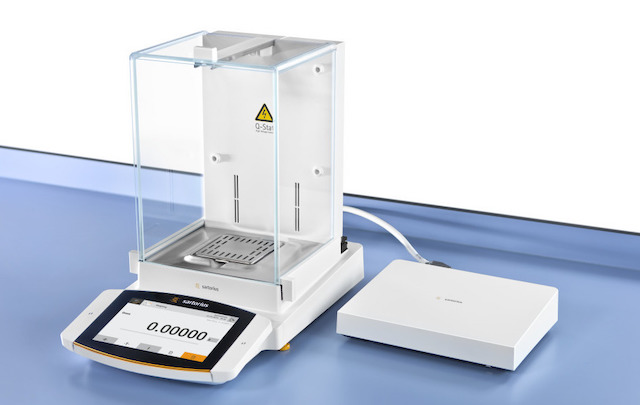
You must know all laboratory balance terminology if you work in a laboratory.
You must know all laboratory balance terminology if you work in a laboratory. You can help educate your entire staff by knowing what every balance term also means. Read on to learn about a few of the basics of laboratory balance terminology!
Capacity
Capacity refers to the maximum amount of weight that a scale or measuring device can accommodate or handle.
Creep
Creep refers to the average tendency of a material or structure to deform and change shape as time passes under a consistent load or stress.
Drift
Drift is the gradual change or deviation in the output or performance of measuring devices as time passes, without any external influence on it.
Non-axial Loading
Applying or loading force to a structure or object in a direction other than its designated or intended axis.
Flexure
This refers to the bending or deformation of an object or structure because of the application of a force or load.
Formulation
Formulation refers to the process of creating or developing a specific composition, mixture, or formula for a substance or product.
Readability and Divisions
Readability refers to the tiniest increment or division that can be displayed and read on a measuring device. Divisions represent the amount of equally spaced increments on your scale’s display.
Repeatability
This is the ability of a measuring device to provide reproducible and consistent results when repeated measurements are taken under similar conditions.
Reproducibility
The ability of a measuring device or experiment to help yield consistent and comparable results when performed by different operators or within other laboratories. Sensitivity refers to the real ability of a measuring device to detect and respond to smaller changes or variations within the quantity being measured.
Resolution
The tiniest increment or unit of measurement that could be displayed or represented by a measuring device.
Intrinsically Safe
This refers to equipment or devices designed to operate safely in potentially hazardous and explosive environments where sparks and high temperatures can cause an explosion.
Scale Calibration
This is the process of adjusting and verifying the accuracy of a weighing scale by comparing its measurements against a known reference weight.
Test Weight
This is a known and verified weight used to verify your weighing scale’s accuracy and calibration.
Baud Rate
The baud rate measures the speed at which data is transmitted or received in a serial data communication system. It is usually expressed in bits per second or bps for short.
If you would like to brush up on some other laboratory balance terminology, visit the Lab People!
FOR ALL ISO 17025 CALIBRATION SERVICES, CONTACT LAB PEOPLE TODAY
Lab People Inc. is a trusted provider of laboratory equipment, services, supplies, and rental equipment for you and your laboratory. As an ISO 17025 accredited service organization, we stand behind our services with 100% satisfaction guaranteed for all our customers. We offer on-site and off-site calibration services for balances, pipettes, moisture analyzers, force measurement, test weights, and more. Services include preventative maintenance, SQ-Min, IQOQ, repairs, legal for trace/placed in service, verification, and more.
For more information about how we can assist you, visit our website, email us, or call us at 1-800-296-2001!
